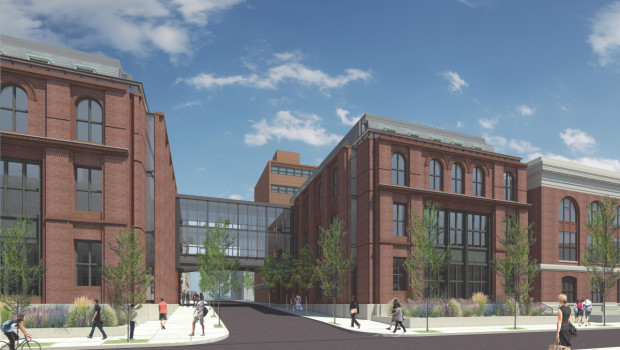
Stevens STILL Continues to Lobby for Approval to Build On Its Own Property
***Technically, this is an updated story, but reads exactly like the one we ran last month on the same subject…***
Stevens Institute of Technology continues its ongoing campaign to build a new academic facility within the existing confines of the institute, one hurdle at a time. The project—providing much-needed academic space and office space for the ever-expanding student body and faculty of what has become one of the top academic institutions in the country—had initially sparked some local controversy, to which Stevens responded by scaling back the size of the facility. Yet some opposition remains.
To address initial concerns from neighbors on Hudson Street, the height of the proposed building has been reduced from 93 feet to 65 feet—incorporating a mansard roof, to alleviate some of the building’s exterior mass. The structure, set to occupy a vacant lot, will be connected via a transparent glass skybridge spanning the easternmost portion of 6th Street to another new facility that would replace the Lieb Building.
The Lieb Building was hastily assembled in 1917 to serve as a squad bay dorm for World War I sailors. Despite its spartan architecture and lack of foundation, it has ironically been re-engineered numerous times to accommodate the needs of its engineering students. While an argument has been made that the World War I connection makes it an historical site, that idea is eroded by the fact that it’s a shadow of its original design. Nevertheless, Stevens intends on taking steps to honor the site’s significance via a monument to those who served in World War I, and the vital role the institute played in their training.
The skybridge is also another controversial feature, one that Stevens insists will facilitate the flow between the two structures, providing a greater collaborative educational environment. As for the bridge itself, Stevens maintains that it is intended to be made up of transparent glass for minimal impact and will be well recessed off of Hudson Street. Furthermore, as the architect explained, the topography of the area already eliminates the city/riverview, so the bridge will have zero impact on any scenic vistas, other than the sky itself.
Despite the fact that it is not an historic district, Stevens representatives met with the Hoboken Historic Preservation Commission to deliver a detailed summation of the project on 6th & Hudson Sts, its impact on neighboring residents and the steps taken to evaluate and arrive at the current plan.
The response from the Historic Preservation Commission was positive, as they acknowledged the need to preserve the history behind the Lieb Building and expressed concern over future development, but recognized the effort put forth by Stevens to make this project correspond with Hudson Street’s existing character.
Meanwhile, a group calling itself the Hudson Street Alliance has sent out an email poll via their “Steering Committee,” stating:
“Some members of the HSA Steering Committee feel that the sky walk will result in unacceptable density on 6th Street and will block light from the river. Others are supportive of the sky walk but on a smaller scale (one story, narrower). Yet another group of committee members feel that the sky walk as proposed will serve as a positive architectural detail to the building complex.”
Tuesday will mark the project’s second THIRD* FOURTH review by the Hoboken Zoning Board, having previously appeared on April 14 and June 16.
Stevens Institute of Technology—one of Hoboken’s premier educational and innovative resources—will once again ask City representatives to determine whether or not it may improve upon its facilities.
*hMAG had originally reported this as being the third meeting—it’s actually the FOURTH. There was an initial meeting on February 24…”

 Previous Article
Previous Article Next Article
Next Article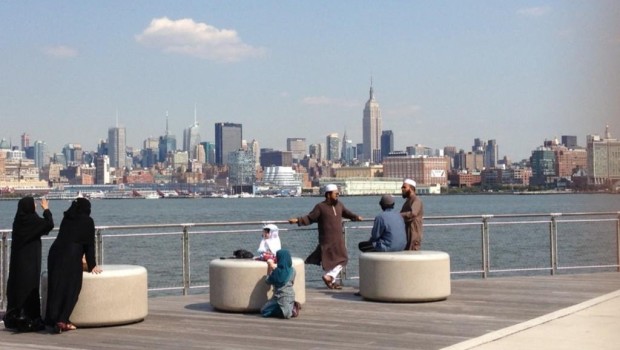 EDITORIAL: ‘Thousands of People Were Cheering’ — Donald Trump and the Absence of Decency
EDITORIAL: ‘Thousands of People Were Cheering’ — Donald Trump and the Absence of Decency 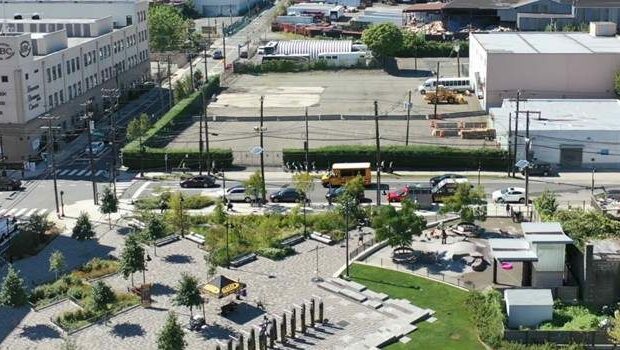 HOBOKEMINENCE: Bhalla Moves Ahead With Eminent Domain Against Academy Bus for Expanded Southwest Park
HOBOKEMINENCE: Bhalla Moves Ahead With Eminent Domain Against Academy Bus for Expanded Southwest Park 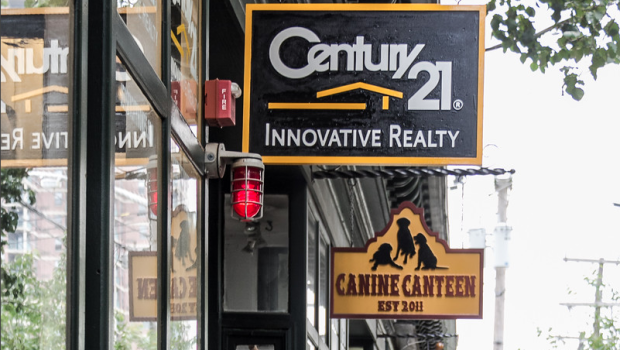 Leading Hoboken Realtor Expands Into Jersey City
Leading Hoboken Realtor Expands Into Jersey City  HOBOKEN ON ICE: Harlow Winter Village Set to Open Under Viaduct on Dec. 22nd
HOBOKEN ON ICE: Harlow Winter Village Set to Open Under Viaduct on Dec. 22nd 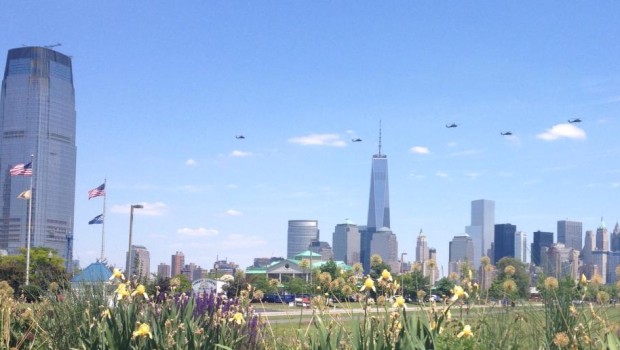 SWEET LAND OF LIBERTY: Presidents’ Day Protest Against Privatization of Liberty State Park
SWEET LAND OF LIBERTY: Presidents’ Day Protest Against Privatization of Liberty State Park  WHAT’S UP, DOCK?: NJ Transit Cancels Meeting That Would Have Approved Union Dry Dock Purchase
WHAT’S UP, DOCK?: NJ Transit Cancels Meeting That Would Have Approved Union Dry Dock Purchase 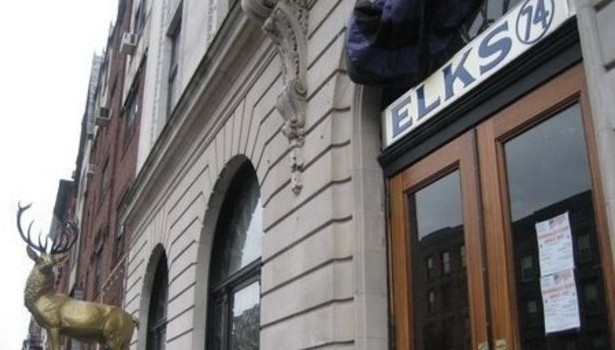 All-Day Super Bowl Bash at the Hoboken Elks Club Raises Funds for Those in Need
All-Day Super Bowl Bash at the Hoboken Elks Club Raises Funds for Those in Need  Stevens Innovation Expo 2015 Shines Spotlight on Trailblazing Technology
Stevens Innovation Expo 2015 Shines Spotlight on Trailblazing Technology